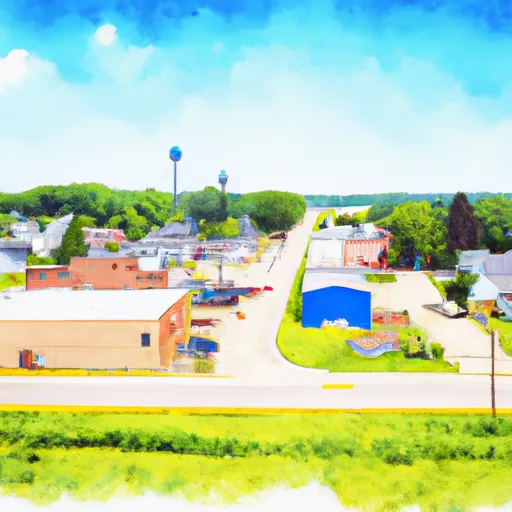°F
°F
mph
Windspeed
%
Humidity











Hawkins, Wisconsin is a small village located in the northern part of the state. The climate in Hawkins is classified as humid continental, with warm summers and cold winters. The village is surrounded by forests and lakes, which contribute to the area's hydrology constituents. The lakes provide opportunities for fishing, swimming, and boating, while the forests are a great place for hiking and camping. Outdoor enthusiasts can also enjoy hunting and snowmobiling during the winter months. The area's natural beauty and recreational opportunities make Hawkins a popular destination for tourists looking to escape the hustle and bustle of city life.
Weather Forecast
Hawkins receives approximately 817mm of rain per year, with humidity levels near 84% and air temperatures averaging around 5°C. Hawkins has a plant hardyness factor of 3, meaning plants and agriculture in this region thrive during a short period during spring and early summer. Most plants will die off during the colder winter months.
Regional Streamflow Levels
577
Cubic Feet Per Second
181
Cubic Feet Per Second
586
Cubic Feet Per Second
61
Cubic Feet Per Second
Nearby Camping
| Camping Area | Reservations | Toilets | Showers |
|---|---|---|---|
| Little Sunflower River | |||
| Deer Leap | |||
| Cuivre River State Park | |||
| Leroy Percy State Park | |||
| Tickfaw State Park | |||
| North Rec Composite |



